A jack of all trades is a master of none, but often times better than the master of one.
This is exactly what defines versatile dog breeds perfectly. Basically, the dogs that are flexible in a variety of roles and environment falls in this category. These all-around dogs are highly intelligent and trainable, which makes them suitable for multiple tasks such as hunting, herding, retrieving, etc.
In addition to this, if someone is looking for a loving and affectionate companion to be at their home, the dogs of this group are highly recommended as they can easily transition from work dogs to home pets due to their high adaptability. So, this blog is all about the breeds that perform really good in all kinds of settings.
Top 7 Versatile Dog Breeds
A versatile dog is a plain canvas, all set to be shaped into whatever role you train it for. Now, let’s read about the versatile dog breeds suited for any lifestyle and environment.
1. Labrador retriever
Labrador Retrievers, often called “Labs,” were originally trained as pointing dogs and skilled retrievers. They helped fishermen by retrieving nets and missed catches from icy waters, which is why they are excellent swimmers. Hunters also relied on Labs to locate game like geese, roosters, and ducks after a shot, making them versatile hunting dogs.
Thanks to their adaptable nature, Labs serve many roles today, including guide dogs for the visually impaired, search and rescue dogs in the military, and versatile hunting companions. With proper training and early socialization, Labs can truly shine and become wonderful family members.

These medium to large dogs are known for their affectionate nature and eagerness to please those around them. They are highly social, making them excellent companions in homes with multiple pets. Their short, double-layered, water-resistant coat and distinctive “otter tail” add to their charming personality.
2. Cocker Spaniel
The history of the Cocker Spaniel dates back to the 19th century in England, where they were prized as agile hunting and retrieving dogs, especially skilled in waterfowl hunting and retrieving ducks. Their name, “Cocker Spaniel,” comes from their specialty in hunting woodcocks.
Though highly alert and energetic hunters, Cocker Spaniels are also known for their friendly nature and adaptability, making them one of the most versatile breeds. To thrive as a loving home companion, they require consistent obedience training and regular exercise. Additionally, they excel in specialized activities like scent work and agility courses, showcasing their intelligence and enthusiasm.
Cocker Spaniels have a compact build, standing between 14.5 and 15.5 inches tall, according to the AKC. Their manageable size and charming personality make them an ideal fit for families. They quickly form strong bonds with their loved ones, adapting seamlessly to family life with their affectionate and social nature.
3. Dandie Dinmont Terrier
In the 1600s, breeders crossed Scottish Terriers with Skye Terriers, Otterhounds, and rough-haired terriers to create a versatile farm dog. This breeding effort gave rise to the Dandie Dinmont Terrier, a breed originally used for hunting vermin, otters, and pests such as mice and rats.
The Dandie Dinmont Terrier is a small breed often referred to as the “gentleman” of the terrier group due to its calm and composed nature. They are affectionate, playful, and get along well with other pets, including cats. Sandra Pretari Hickson, vice president of the Dandie Dinmont Terrier Club of America, describes them as “very funny, very charming,” perfectly capturing their lovable personality.
As per Hill’s Pet Nutrition, Dandie Dinmont Terriers are compact dogs, typically weighing between 18 to 24 pounds. These dogs are affectionate and enjoy staying close to their owners, often forming strong bonds.
One of the best things about owning a Dandie is its low-maintenance nature. They require only minimal exercise—daily short walks are enough to keep them fit and lean. Additionally, their calm demeanor and low barking tendency make them ideal for peaceful homes.
4. Lancashire Heeler
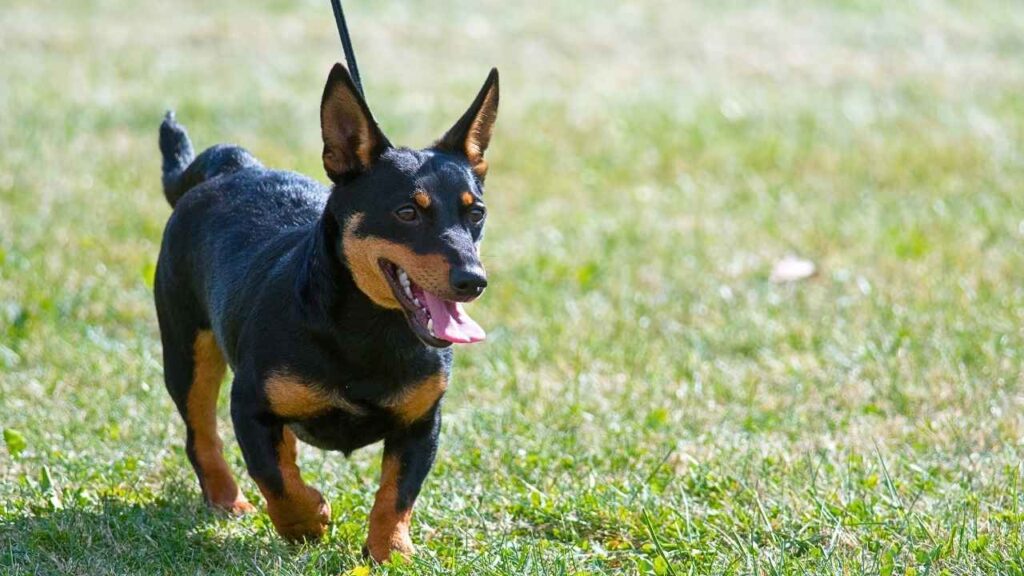
The Lancashire Heeler is a small herding breed that originated in Lancashire, a region in North West England. Developed by farmers to protect their herds from predators, this breed combines agility and alertness with a strong guarding instinct.
The AKC describes them as one of the most versatile dog breeds. It’s easy to see why—these dogs are playful, intelligent, and deeply affectionate.
Lancashire Heelers thrive on human companionship and love to stay close to their owners, no matter the activity. They also tend to get along well with other pets, including cats and ducks, making them wonderful family members. However, their strong herding instincts can make them wary of strangers, so early socialization is key to helping them manage any social anxiety and become confident companions.
The Lancashire Heeler is a medium to high-energy dog known for its keen alertness and excellent trainability. With the right training, they excel in activities like scent work, herding, rally, and agility. Their signature “heeler smile” perfectly captures their playful and fun-loving nature, making them a delightful addition to any home.
To keep your Lancashire healthy and happy, aim for 30 to 60 minutes of daily exercise, which supports both their mental sharpness and physical well-being.
5. Shetland Sheepdog
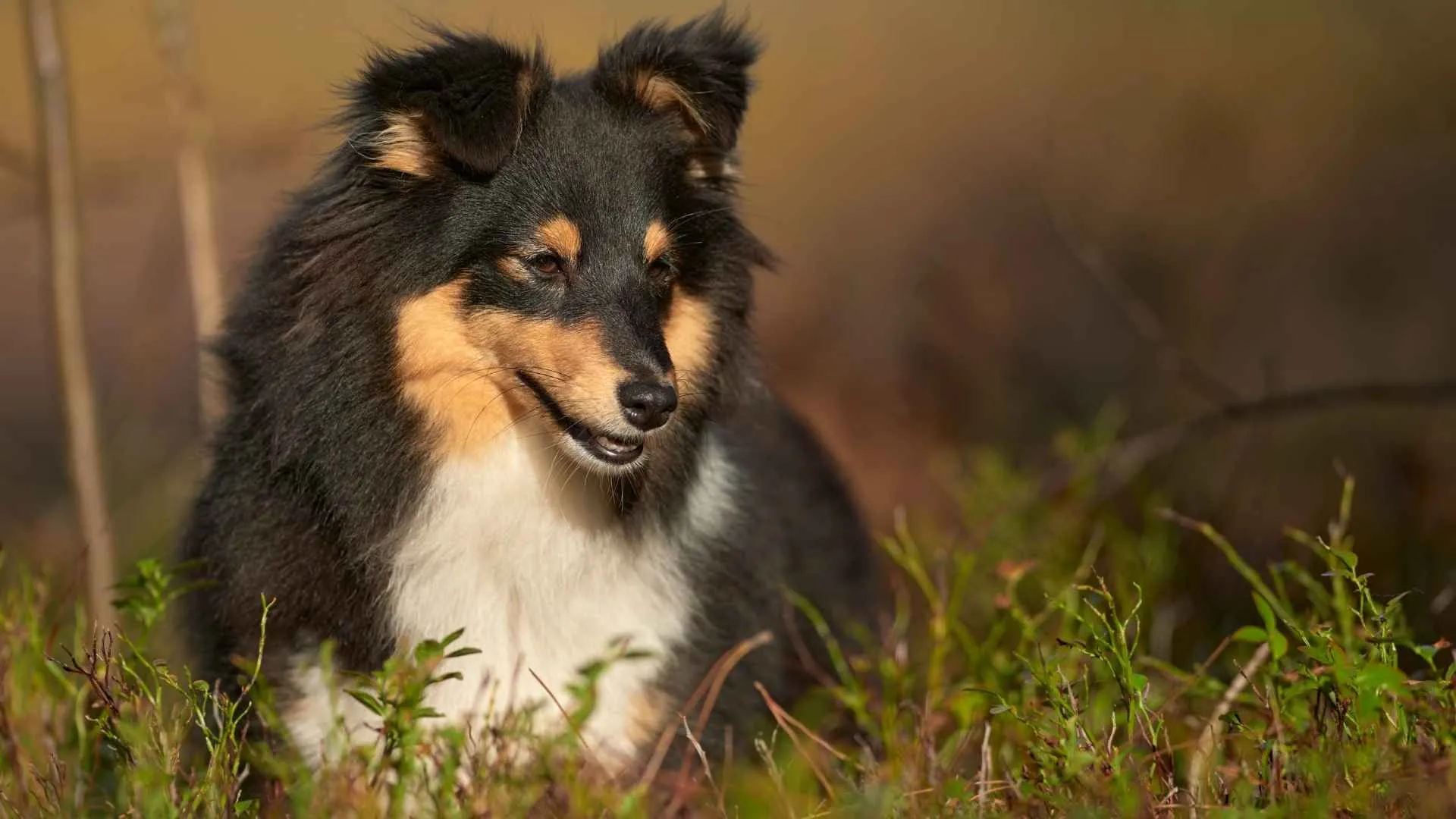
Shetland Sheepdogs, affectionately known as “Shelties,” are beloved for their charming looks, agility, and adaptable nature. Originating in the 19th century on Scotland’s Shetland Islands, they were bred to herd livestock and protect crops—traits that still shine through today.
Their strong herding instincts make them excellent watchdogs, while their gentle, loving temperament suits them perfectly as therapy dogs.
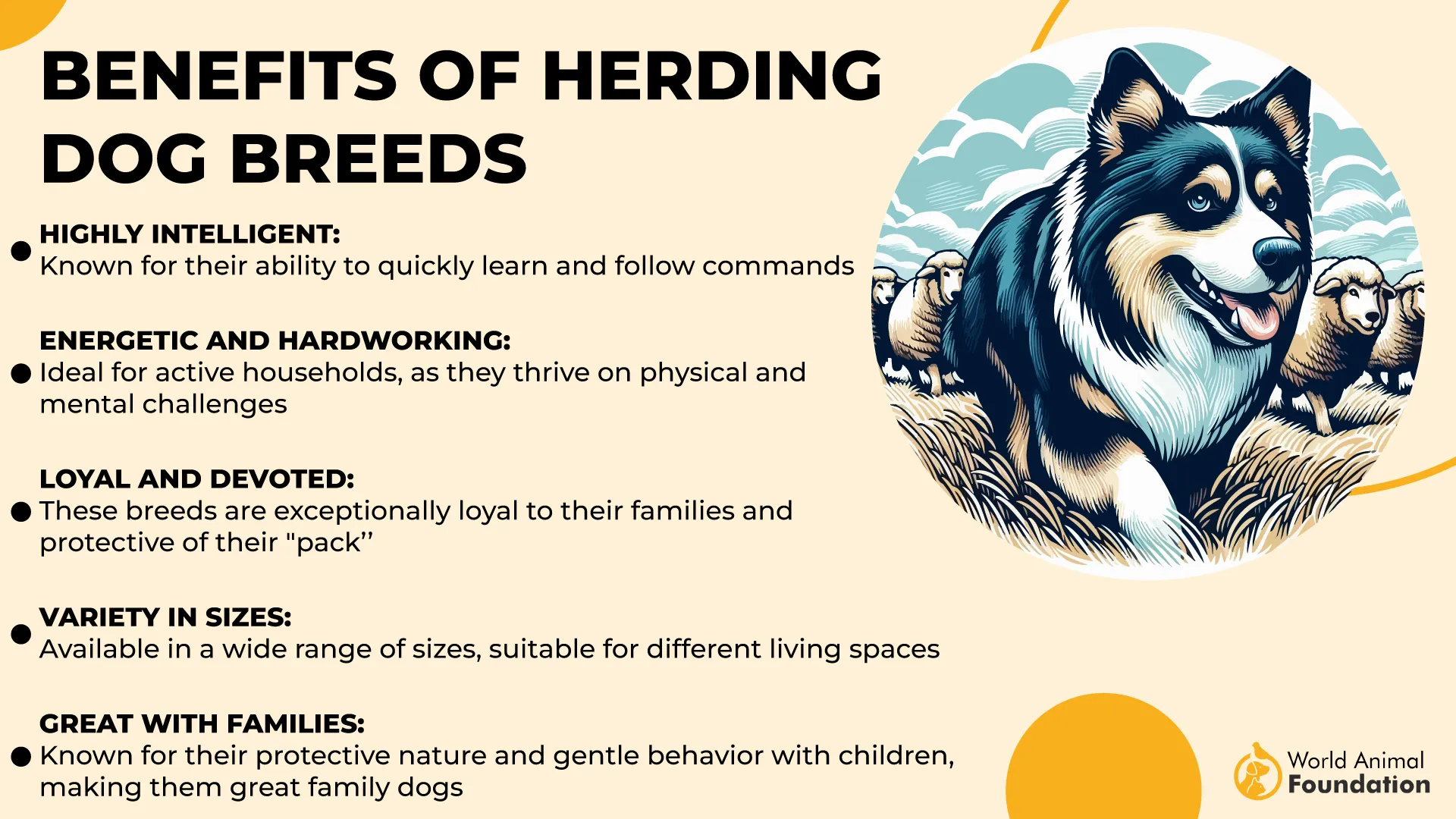
Highly intelligent and eager to please, Shelties are among the most trainable breeds, quickly adapting to new commands and routines. According to Hills Pet, they weigh between 14 and 27 pounds on average and are known for their impressive obedience. Providing regular exercise and mental stimulation is key to keeping a Sheltie happy and healthy, allowing their best qualities to truly flourish.
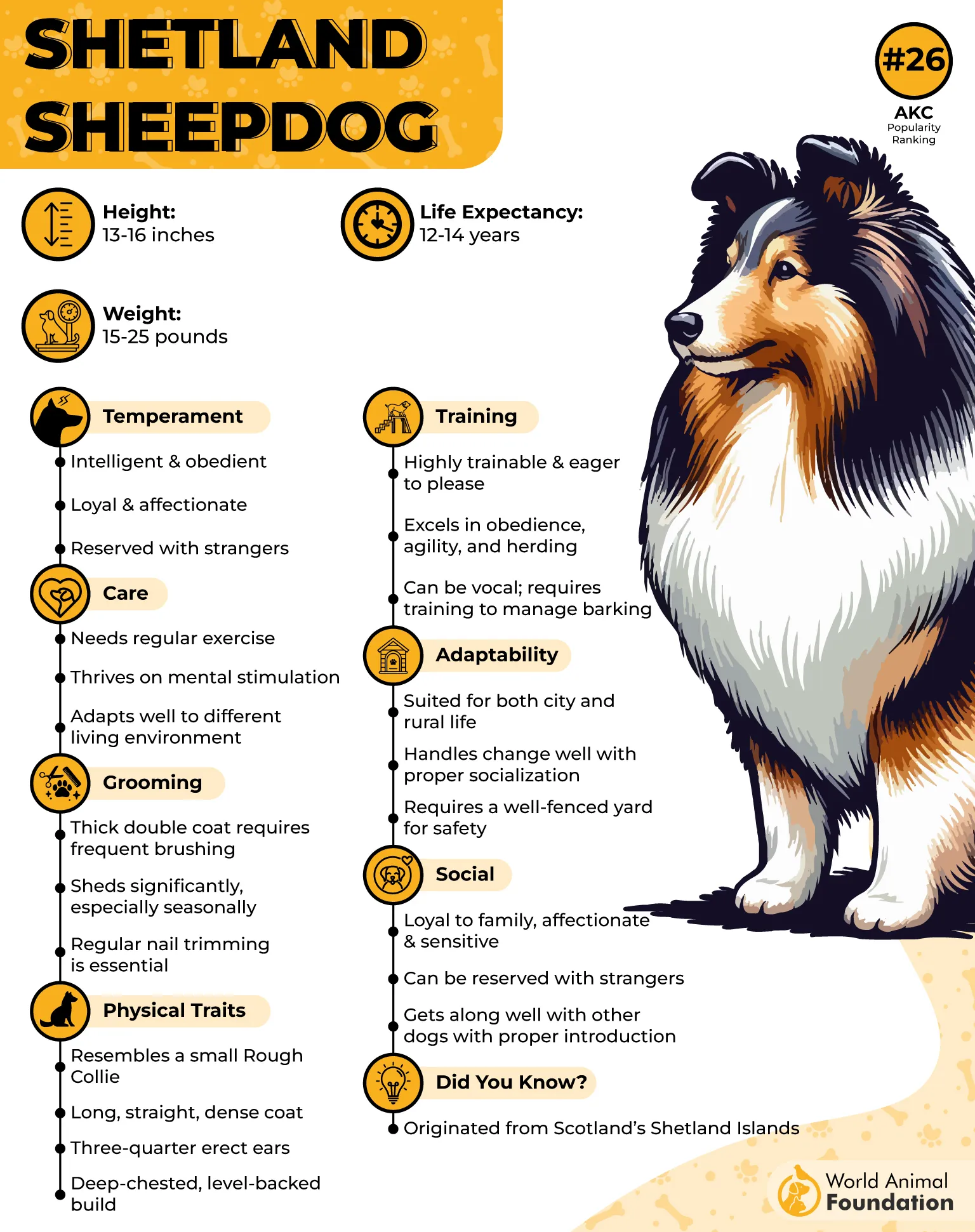
6. Bearded Collie
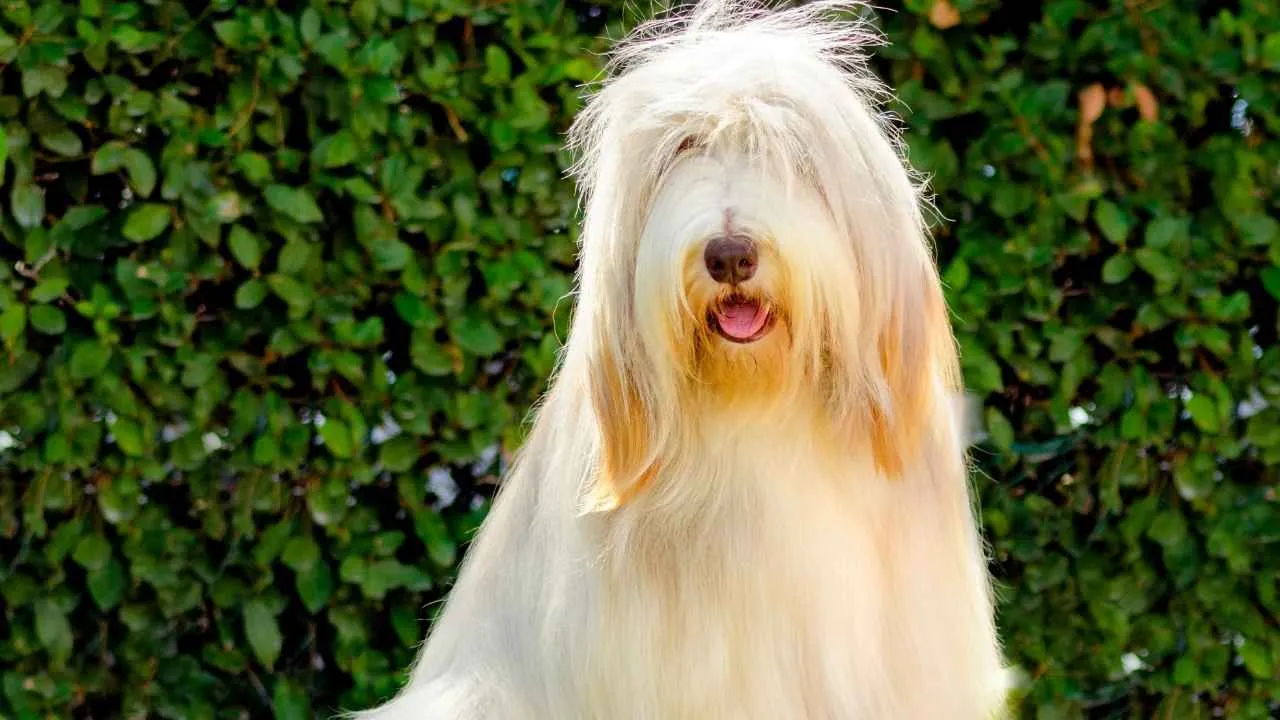
The Bearded Collie is a Scottish herding breed historically divided into two groups: the upland beardies and the lowland beardies. Upland beardies were trained to work independently, expertly gathering sheep from the rugged hills and mountainous terrain. In contrast, the lowland beardies focused on sorting and safely herding sheep and cattle to market.
Over time, their adaptable and friendly nature made them popular as household pets. Known for their strong common sense, Bearded Collies are capable of independent thinking and decision-making.
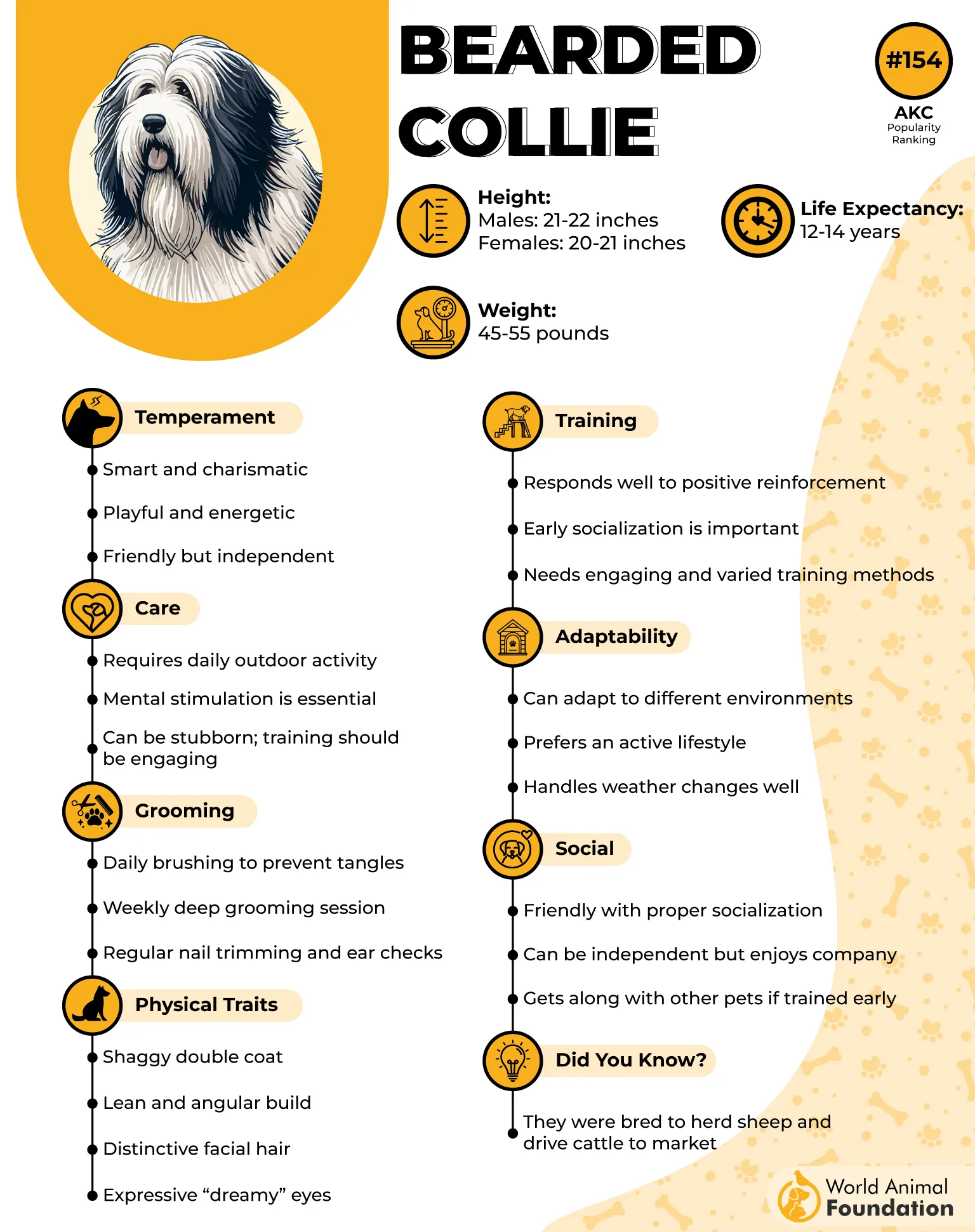
Physically, the Bearded Collie is a medium-sized, shaggy dog with a thick double coat designed to protect them from cold climates. While they can adapt to warmer regions, this requires extra care and maintenance.
As an active breed, they need plenty of physical exercise, such as walks, runs, or playtime, and mental stimulation through interactive toys and engaging activities to stay happy and healthy.
7. German Shepherd
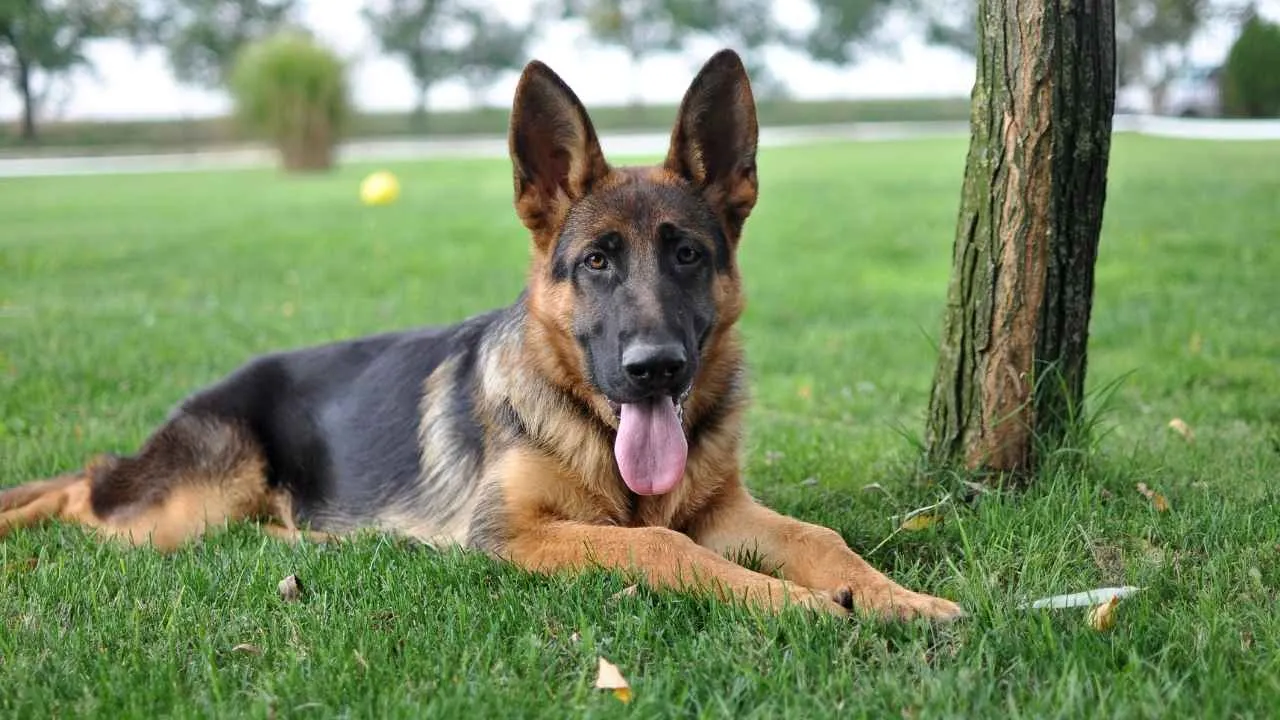
Originating in 19th-century Germany, the German Shepherd has consistently ranked among the top popular breeds. This remarkable breed owes much of its success to Max von Stephanitz, who envisioned creating a dog with the perfect blend of desirable traits.
German Shepherds are highly versatile, excelling as hunting dogs, service dogs, therapy dogs, and watchdogs. Their moderate temperament reflects a balanced nature, not overly aggressive nor too passive, allowing them to seamlessly shift from loving family companions to skilled police dogs.
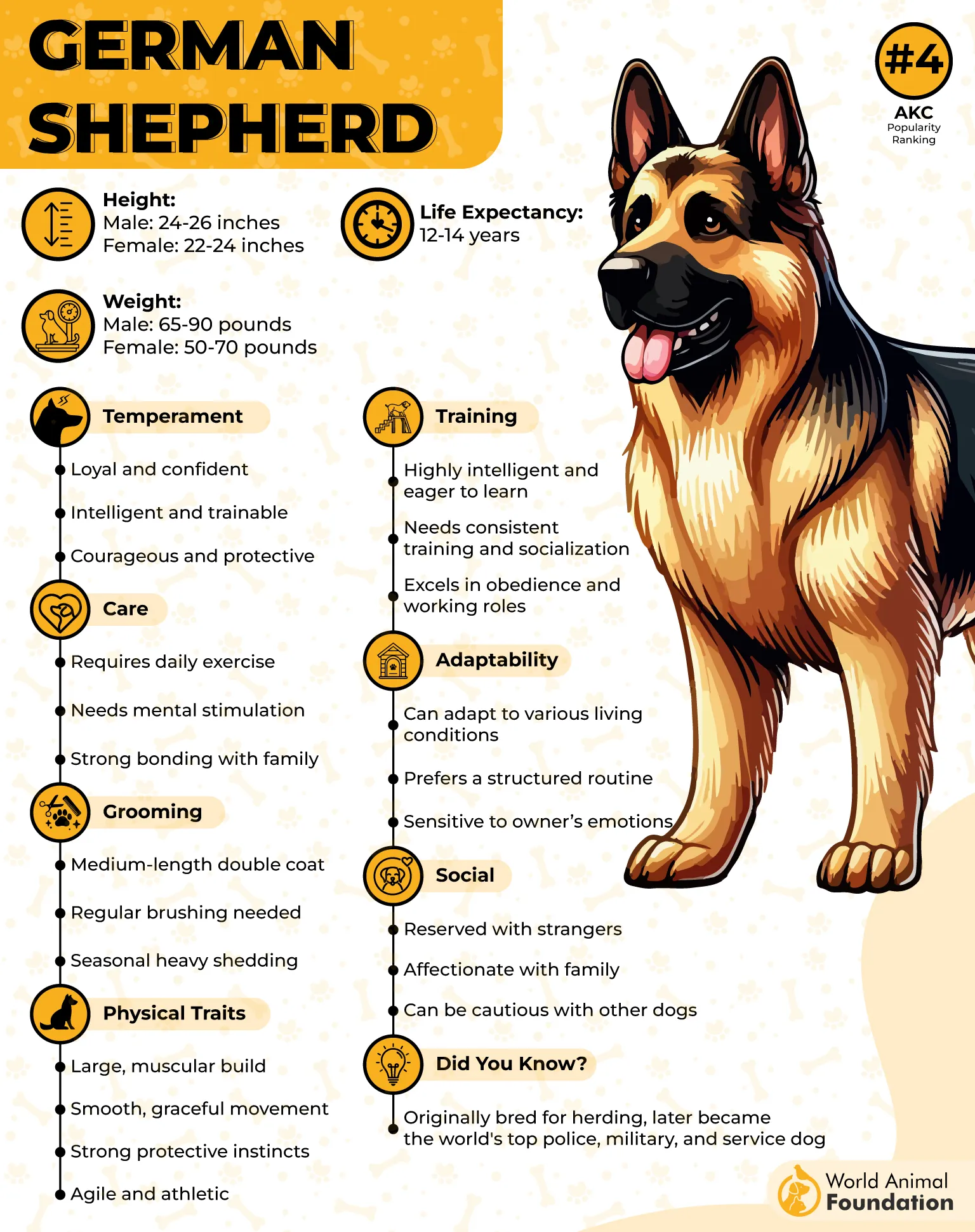
Chewy states that German Shepherds are muscular, agile, and large dogs known for their intelligence and high energy levels. To keep them happy and well-adjusted, mental stimulation and regular physical exercise are essential.
Without this, their strong prey drive, rooted in their herding ancestry, can become problematic. Experts recommend early socialization combined with positive reinforcement training to bring out the best in this exceptional breed.
Conlusion
Concisely, owners can easily develop the desired traits in the above-discussed breeds. But what’s important is the right amount and correct strategy of training them. Furthermore, their mental and physical needs should also be fulfilled to keep your dogs in their best state.


